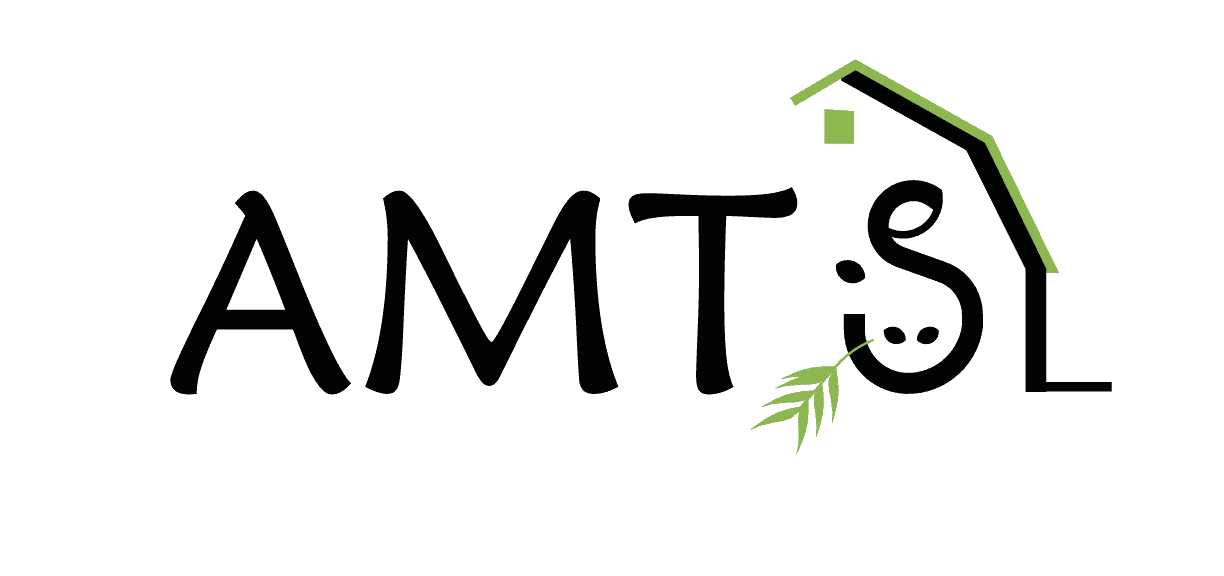The extent to which cattle contribute to greenhouse gas emissions is debated using both science and non-science. Some of the confusion is due to misleading and inaccurate information distributed in a United Nations Food Agriculture Organization (FAO) study published in 2006 called “Livestock’s Long Shadow“. The information was incorrect and the data was collected poorly, leading the committee to later admit their error. Yet, as we know, the more sensational the claim, the more likely it is to be remembered.
As farmers and part of the agricultural community, we, at AMTS, take offense when companies provide a false narrative on agriculture for their own profits. We have made it a point to get speakers in our Nutritionist series who are researching ways to lessen the effect cattle have on accelerating environmental change. Moreover, our core software, AMTS.Cattle was designed to track and feed to regulate greenhouse gases while optimizing production. The point of this blog is to give you some information and resources to guide your discussions and actions. We can not afford to ignore the facts thinking the issue will go away and nor can we ignore the non-facts, believing they will not harm us.
Cattle and Greenhouse Gases
Nearly everyone accepts, as fact, that human actions are playing a role in climate change and in this assessment, agriculture is coming under fire as a contributor. Often animal agriculture, with a focus on ruminants, primarily cattle, is targeted by groups for its contribution to greenhouse gas emissions. It is difficult to assign a precise number to the amount of emissions from agriculture looking at it on a global basis. Depending on the reporting agency, percentages vary. Additionally, a big part of the emissions picture is confounded by looking at it by country, depending on the efficiency of production.
While it is true, in a very simplistic way, that cattle do add to global methane, CO2, and N2O (the big three in GH gases). Our solution to global warming does not lie in becoming a vegan or vegetarian. The long-term solution is much more nuanced. As an industry, we do need to pay attention to this issue however, there are many things we have accomplished in how and what we feed our cattle and through increases in productivity that have significantly reduced, and continue to lower the carbon footprint of the industry. Let’s look at some of the issues and where you can go for more information.
Get Rid of the Cows!
Cattle get a lot of flak from various groups and, if you rely solely on social media sources for your news, you would think the solution to global climate change is to eliminate meat from your diet. Meatless Mondays and becoming a Vegan/Vegetarian are popular movements. The information presented by groups with these agendas is rarely factual and tends to skew the effect making this sort of change would have on over-all emissions.
Dr Jude Capper, livestock sustainability consultant who is on twitter as @bovidiva, was our June speaker in our The Nutritionist Webinar Series. She points out that not only has the carbon footprint of cattle held steady over the past 10 years but that it has also decreased when considered from a per unit of production standpoint.
Moreover, in an analysis by Drs Robin White and Mary Beth Hall that looked at the potential to reduce total US GHG by everyone adopting a vegan diet, the reduction was 2.6%. This was a “what if” white paper and looked very simply at removing cattle from the planet. No one in any of these scenarios mentions what we are to do with all the animals we will no longer be eating or milking. Presumably *poof* no more cows!
In a more grounded approach, Dr Capper offered that there are far more effective and less extreme ways to reduce our carbon footprint. This image below shows some of those dynamics.
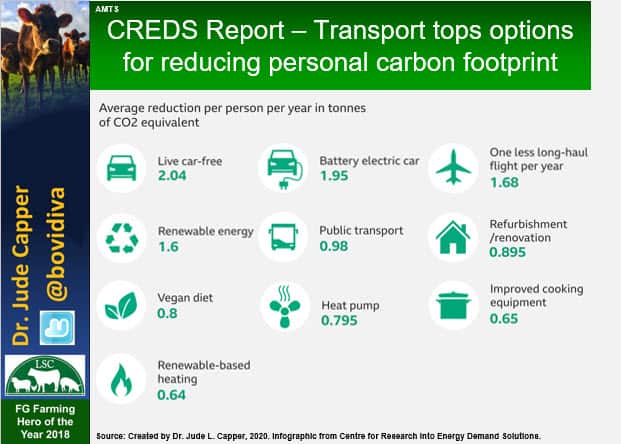
So, Where Do Greenhouse Gases Come From?
In April, we were fortunate to have Dr Frank Mitloenher from UCDavis CLEAR Center speak in one of our The Nutritionist webinars. In his presentation, he provided information on sources of greenhouse gas emissions. The graphic, below, from his talk illustrates the percentage of emissions and the gas type for the top six sector contributors.

In his role as director of CLEAR, Dr Mitloehner writes the GHG Guru blog, which is an excellent resource for fact-based information on these matters. Data from the EPA indicates that in 2018 agriculture contributed about 10% of the US Greenhouse Gas Emissions, of that about 4% is due to animals. The FAO estimates that livestock produce approximately 14.5% of all global emissions, of that approximately 6% is from cattle. A point that Frank has made in many of his talks and papers is that the per productive unit (milk, meat, fiber) in relation to GHG is much lower in countries that have improved efficiencies of production.
How is Agriculture Helping?
In Is Meat Bad for the Environment, Frank underscores the role that improvements in breeding, management, and feeding has had in lowering the carbon footprint of ruminants. An excellent graphic showing the relative efficiencies of production in various countries, you can see the effect adapting modern methods has on the production of methane and waste.

In a similar vein, Dr Capper spoke of the strides we have made through increased production with decreased animal numbers through employing advanced and exact diets using tools like AMTS.Cattle and maintaining good herd health.
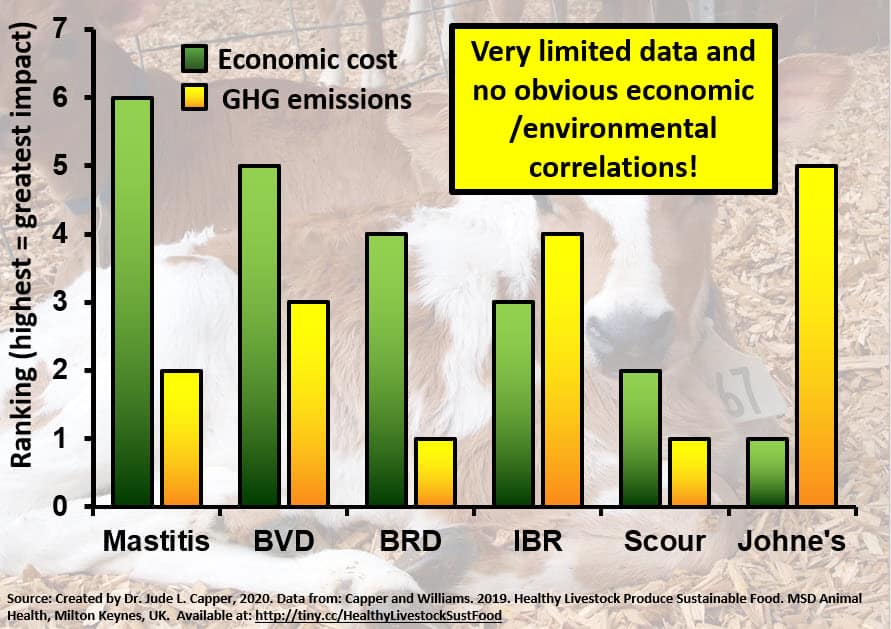
Additionally, critics of animal agriculture often fail to recognize the role grazing lands and crops used to feed animals serves in acting as a sink to absorb CO2, and the role cattle have in the Biogenic Carbon Cycle. In addition, cattle can graze lands that are not suitable for supporting human consumable crops and consume the byproducts of human food production (almond hulls, brewery and distillery byproducts, etc), called upcycling. Dr Mitloehner points out that roughly 2/3 of land viable for agriculture is only suitable for grazing.
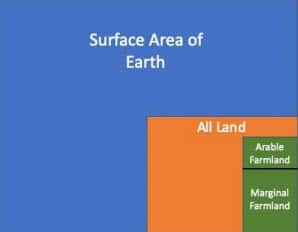
The Cornell Net Carbohydrate and Protein System (CNCPS), the model which AMTS.Cattle is based on, strives to help producers and nutritionist around the world feed and grow animals with the least environmental impact by feeding animals exactly what they need, without waste. To aid in the effort, AMTS offers an emissions report to help nutritionists and farms keep emissions in check. You can see and use this under our Reports 2 tab.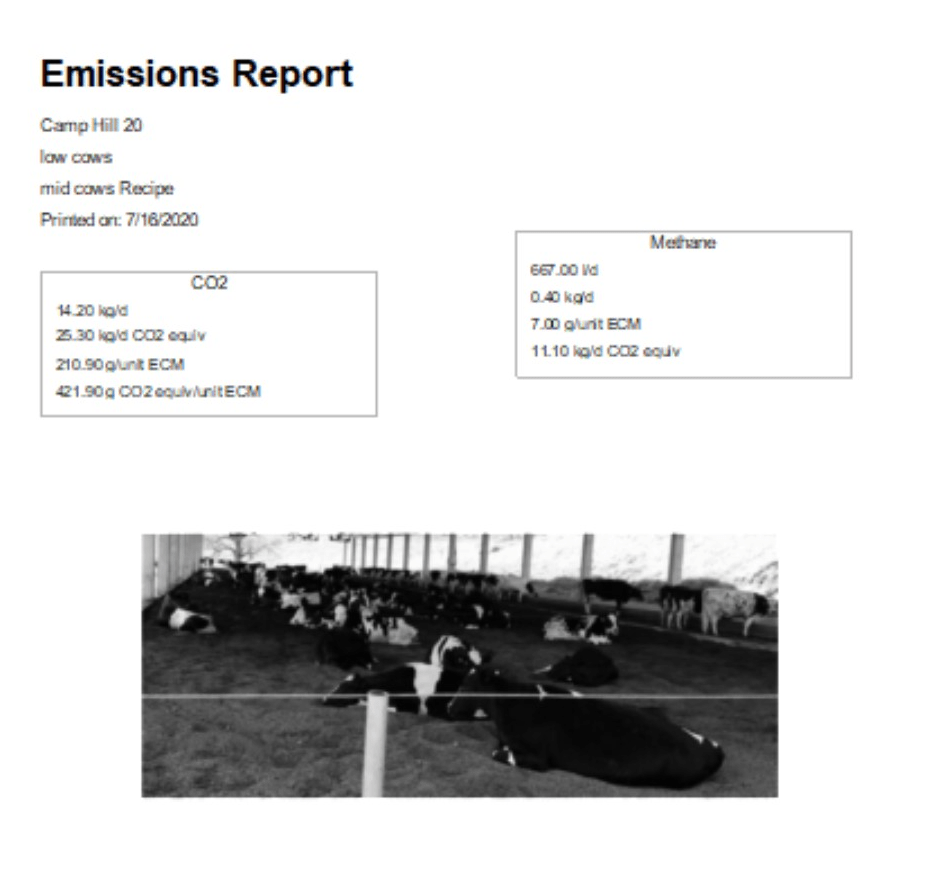
The Burger King Ad
So, we are used to getting beat up by non-animal agriculture groups. They don’t like milk or meat and they want you to not have it, either. It is especially triggering when a company who should be encouraging sensible and sustainable agriculture does a poor job of research and releases information that is designed to make them seem like “good guys” in the meat vs vegan discussion. We all have a friend who says “I am vegetarian…for the planet- except bacon.” On July 14th Burger King’s parent company, RBI (Restaurant Brands International—who also owns Tim Hortons and Popeyes) released an ad featuring a hokey young “farmer” singing about methane emissions from cow farts and how Burger King was sourcing less gassy beef by requiring farmers to feed lemongrass to reduce cow farts. The ad was erroneous, irritating, based on inadequate science, and needlessly pandering; it garnered a heated and immediate response from farmers, industry, agriculture supporters and people who like “just the facts, ma’am”. Our man, Frank, had one of the best Tweets on the subject. –Seriously, if you avoid twitter, following him @GHGGuru does make up for a lot of the nonsense.
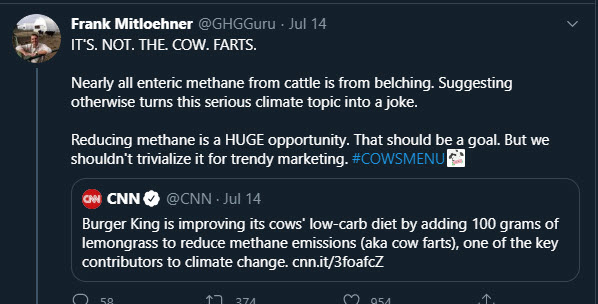
His IT’S. NOT. THE. COW. FARTS. tweet was an excellent use of in-print shouting (all caps) and—credit to RBI, prompted the Chief Marketing Officer to reach out and engage with Dr Mitloehner and others in the agriculture sector to explore ways they could get it right. The upshot is that Burger King has ditched the ad and is working with the Dr Mitloehner going forward.
What can YOU do?
As farmers and part of animal agriculture, we need to be our own advocates. It takes information and passion. Fortunately, we can rely on resources like Farm Babe on AgDaily, The Clear Center, with it explainer videos and great blog content, and Dr Capper’s webpage for solid, science-based information. Check out our webinar archives; in addition to the talks from Drs Capper and Mitloehner, we had an excellent presentation from Dr Larry Chase in 2017 (also the source for the flaming cow image) and a presentation from Dr Michele Wattiaux in 2019 . We live in a time when science is disregarded in favor of a better narrative. Let’s be vocal in our support something that truly represents a heritage and path forward in helping to provide quality protein for a growing population. Let’s be brave—we will get some blow-back from people who are not interested in learning the facts. Stand up for it, and not just in the same outlets that already support your viewpoint. Be like Frank.
